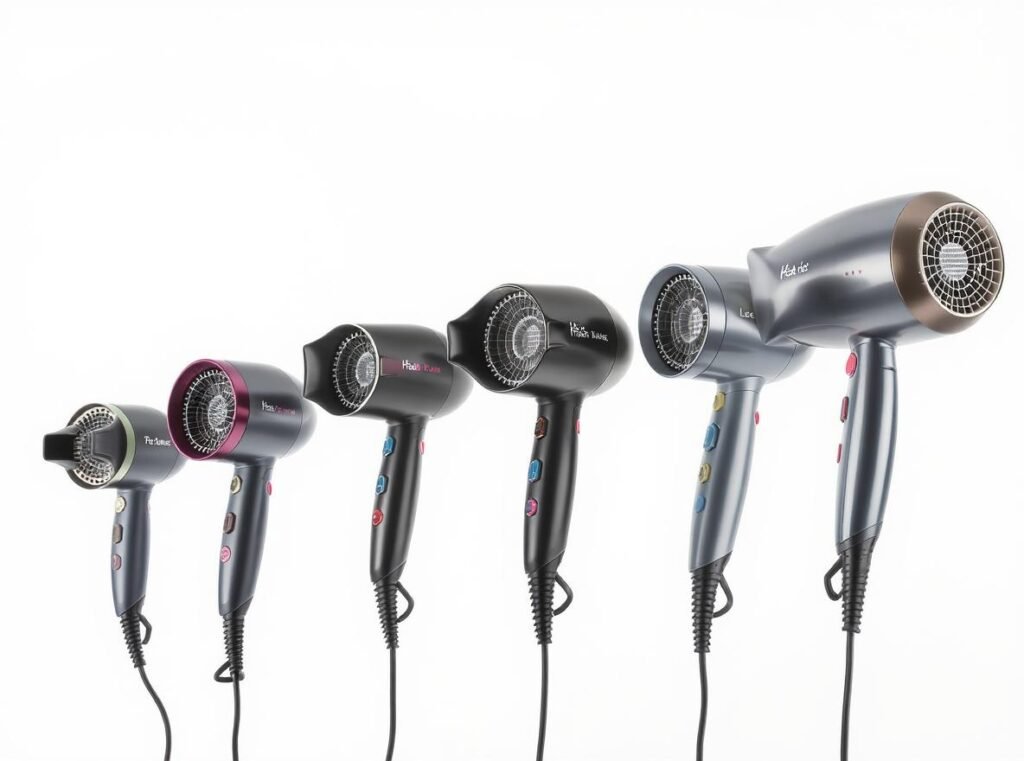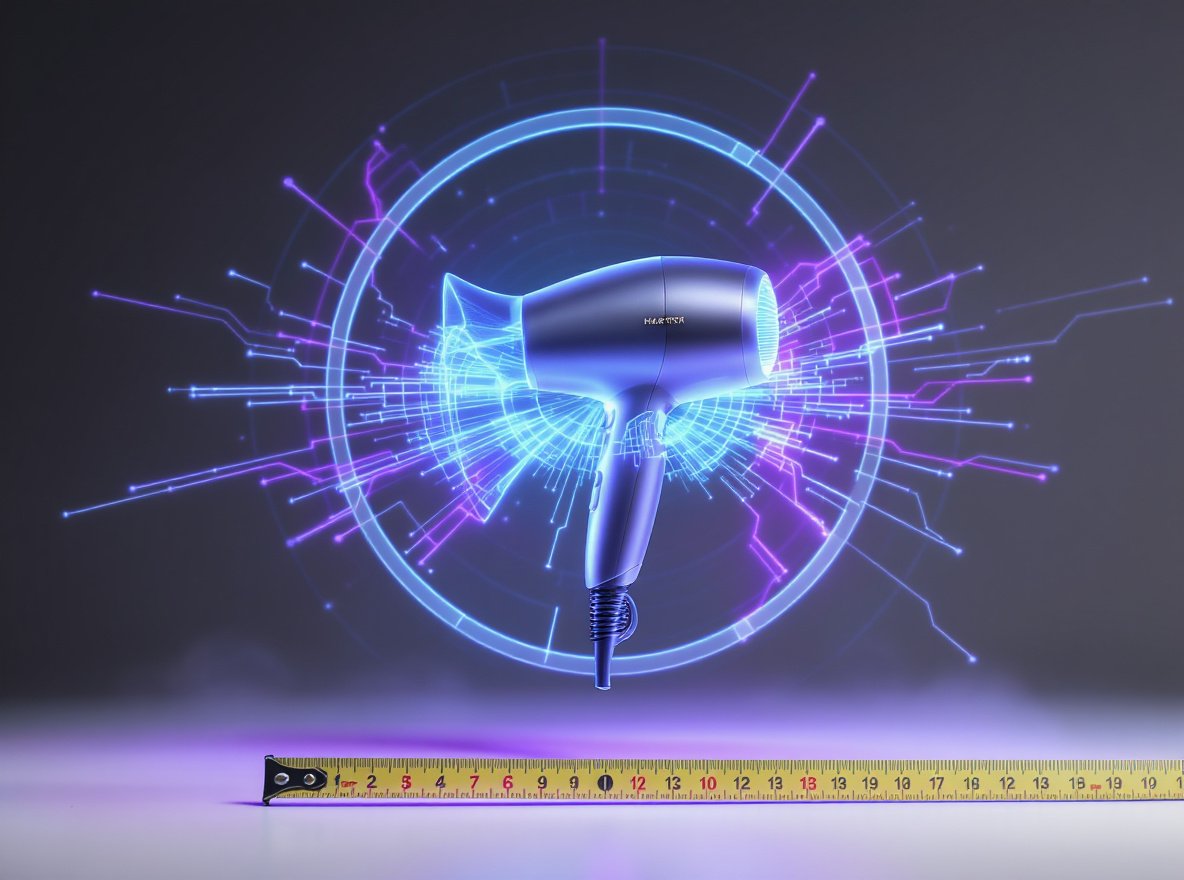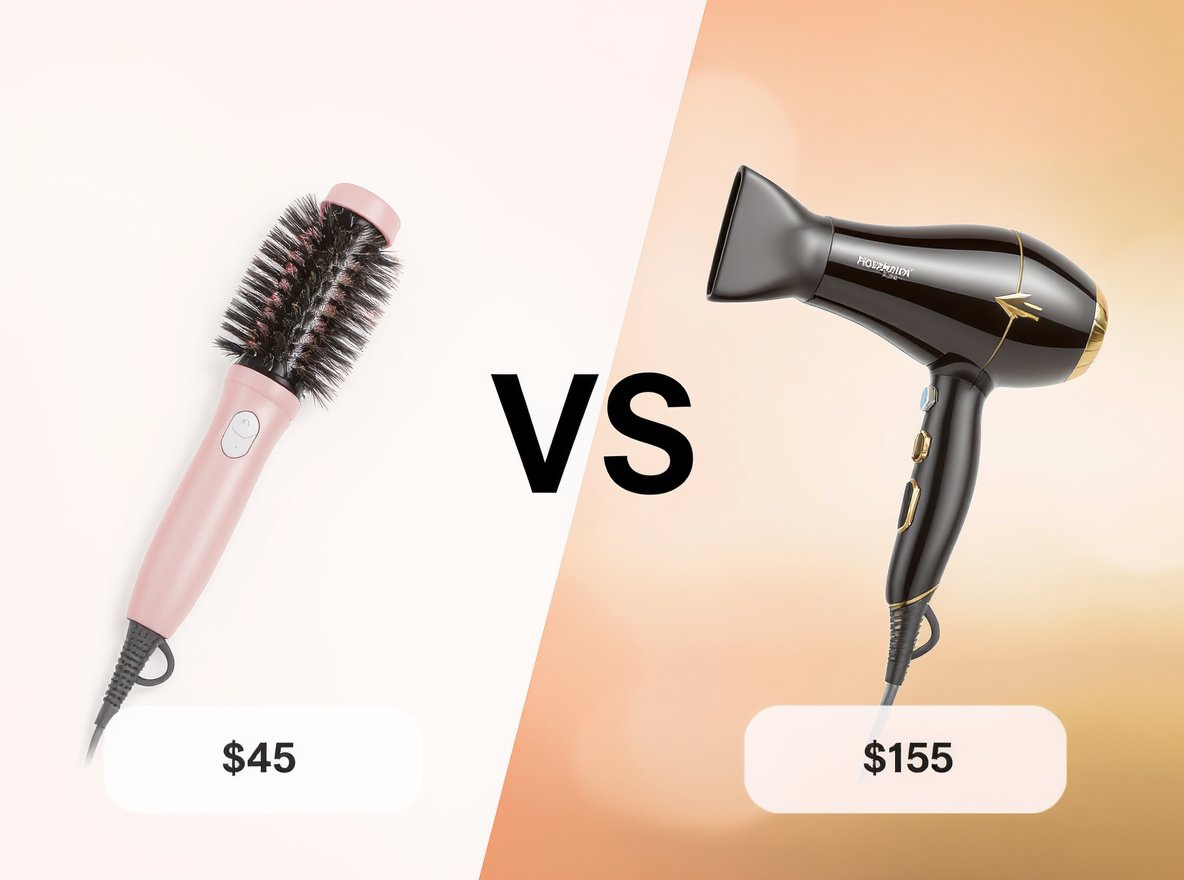Confused about choosing the right hair dryer wattage for your wholesale inventory? Understanding wattage differences is crucial for stocking products that meet diverse customer needs while maximizing your business profitability and customer satisfaction.
Hair dryer wattages typically range from 800 to 3,500 watts. Most household models operate between 1,500-1,800 watts, while professional salon dryers can reach up to 3,500 watts. Higher wattage means more power output, generating stronger heat and airflow for faster drying times, but also higher energy consumption.
Let’s explore everything you need to know about hair dryer wattages to make informed inventory decisions for your business.
Table of Contents
ToggleHow Does Wattage Affect Hair Dryer Performance?
Understanding how wattage impacts performance helps you educate customers and position products effectively in your market.
Higher wattage enables dryers to deliver more heat and stronger airflow, resulting in faster drying times, especially beneficial for thick or coarse hair. However, wattage alone doesn’t determine performance – design, heat settings, and airflow efficiency also play crucial roles.
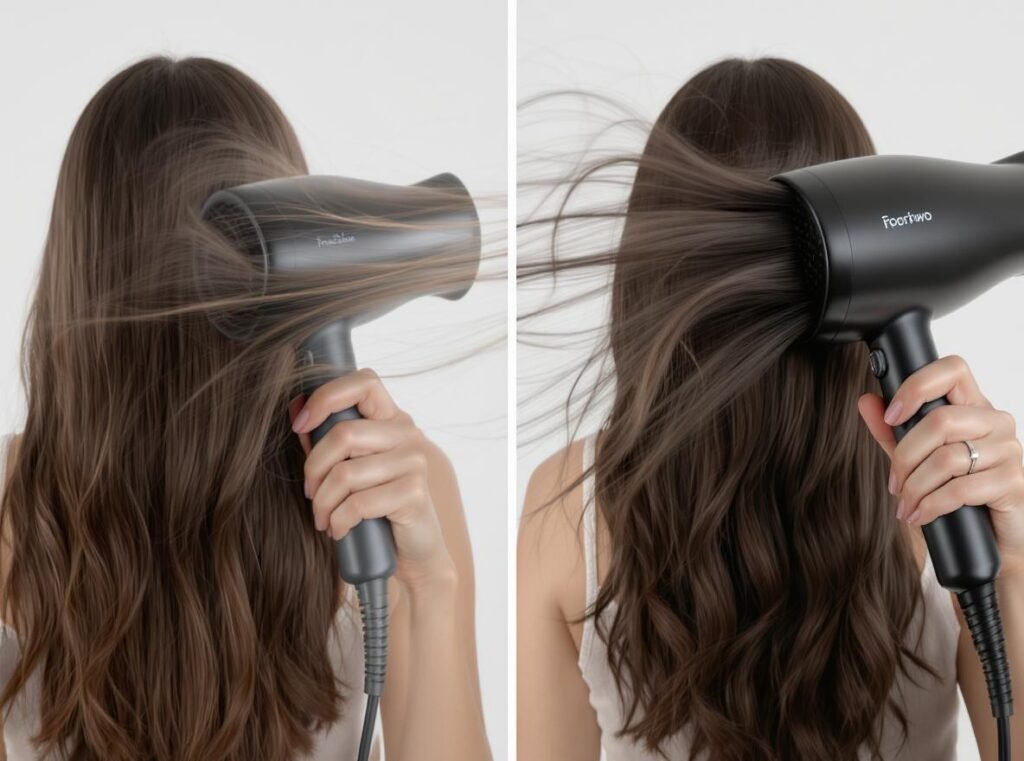
Key performance factors include:
• Heat generation: Higher wattage produces more heat, allowing for quicker moisture evaporation from hair strands
• Airflow strength: More power translates to stronger air velocity, reducing overall drying time by 30-50%
• Versatility: High-wattage dryers typically offer multiple heat and speed settings for different hair types
• Professional results: Stronger airflow creates better volume and smoothness during styling
| Wattage Impact | Low Wattage (800-1200W) | High Wattage (1800-2000W+) |
|---|---|---|
| Drying Speed | Slower, gentler process | 30-50% faster drying |
| Heat Output | Lower heat, less damage risk | Higher heat, professional results |
| Best For | Fine/thin hair, travel use | Thick/coarse hair, salon use |
However, design and technology matter significantly. A well-engineered 1,500-watt dryer with advanced airflow design can outperform a poorly designed 2,000-watt model, making brand selection crucial for your inventory.
What Are the Most Common Hair Dryer Wattage Ranges?
Different wattage categories serve distinct market segments, helping you stock appropriate products for various customer needs and price points.
The hair dryer market segments into four main categories: 800-1200 watts for travel and fine hair, 1200-1500 watts for general use, 1500-2000 watts for thick hair, and 2000-3500 watts for professional salon applications.
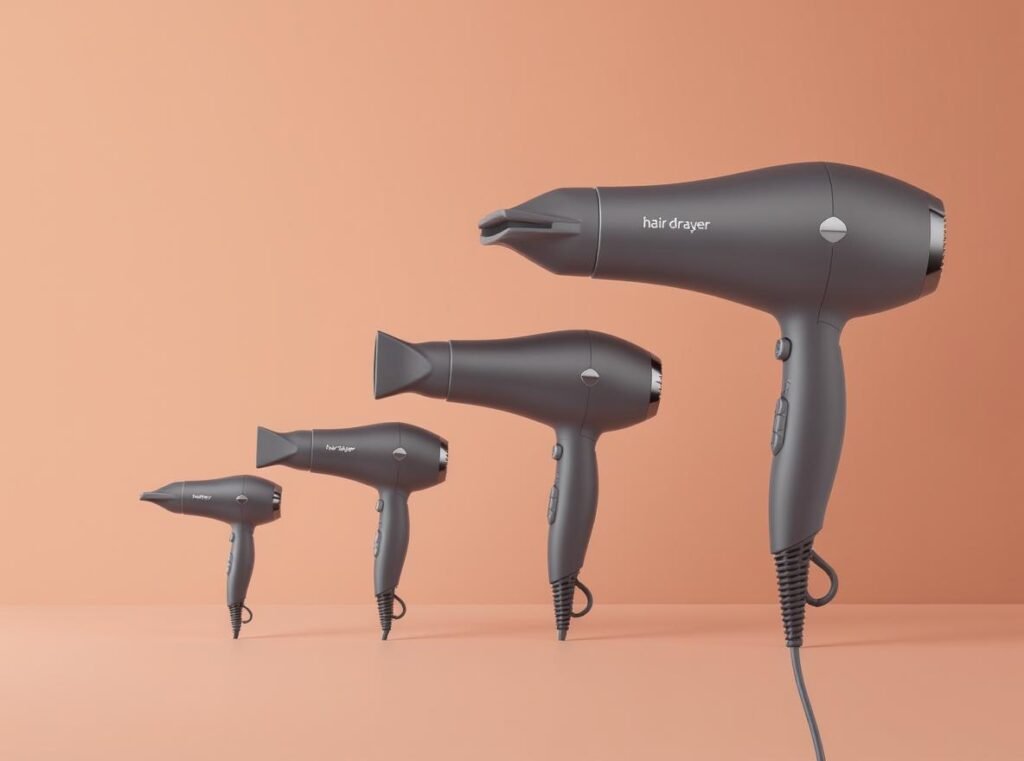
| Wattage Range | Typical Use Case | Market Position | Target Customers |
|---|---|---|---|
| 800-1200 watts | Travel, fine/thin hair | Budget-friendly | Cost-conscious consumers |
| 1200-1500 watts | Medium hair, general use | Mid-range | Average households |
| 1500-2000 watts | Thick, coarse, or curly hair | Premium home use | Quality-focused consumers |
| 2000-3500 watts | Professional salon dryers | Professional grade | Salons, stylists |
Most household hair dryers fall in the 1500-1800 watt range, representing the sweet spot for performance and energy efficiency. This category offers excellent profit margins while meeting most customer needs.
For wholesale strategies, consider:
- Stock 40% mid-range models (1500-1800W) for mainstream appeal
- Include 25% budget options (800-1200W) for price-sensitive markets
- Offer 25% premium models (1800-2000W) for quality-focused customers
- Reserve 10% for professional-grade models (2000W+) for commercial clients
How Much Energy Do Different Wattage Hair Dryers Consume?
Energy consumption directly impacts operating costs and environmental concerns, making this knowledge valuable for customer education and product positioning.
Energy consumption varies significantly with wattage and usage time. For typical 10-minute daily use, a 1000W dryer consumes approximately 60 kWh annually, while a 2000W model uses about 122 kWh yearly, nearly doubling electricity costs.
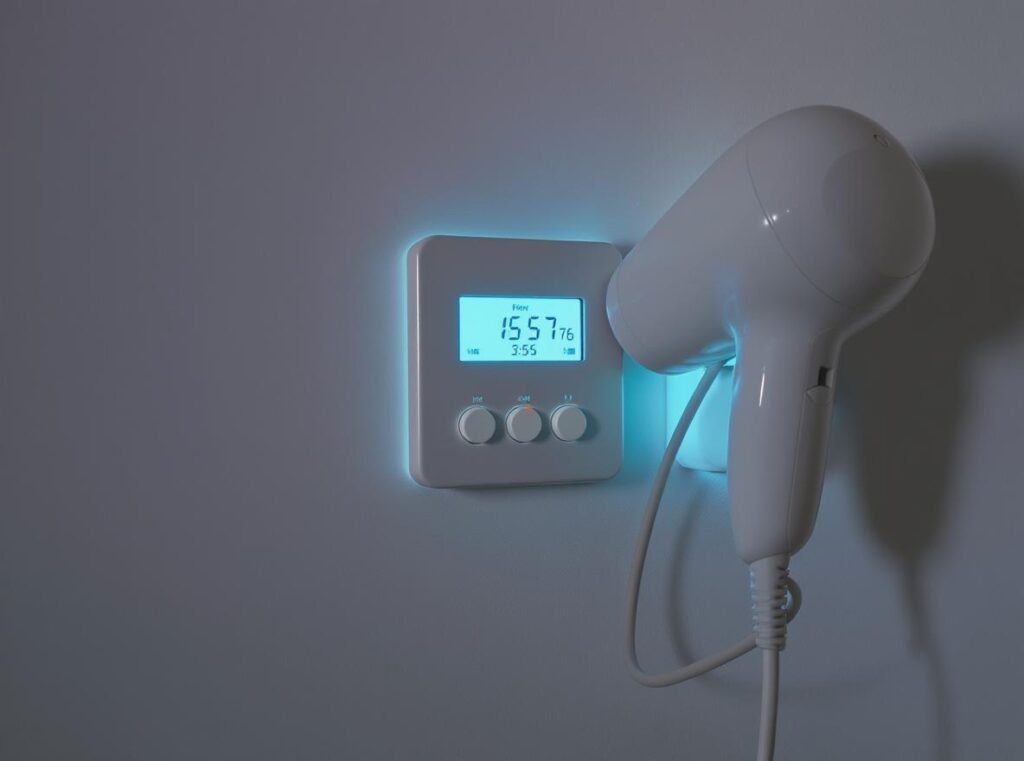
| Wattage | Daily Energy Use (kWh) | Monthly (kWh) | Yearly (kWh) | Estimated Annual Cost* |
|---|---|---|---|---|
| 1000W | 0.17 | 5 | ~60 | $7-12 |
| 1500W | 0.25 | 7.5 | ~91 | $11-18 |
| 1800W | 0.30 | 9 | ~109 | $13-22 |
| 2000W | 0.33 | 10 | ~122 | $15-24 |
*Based on average electricity rates of $0.12-0.20 per kWh
However, higher wattage dryers often provide better overall energy efficiency by reducing total usage time. A 2000W dryer that cuts drying time in half may actually consume less total energy than a 1000W model used for twice as long.
Energy-conscious customers appreciate:
• Models with eco-modes that reduce power consumption
• Intelligent temperature control that optimizes energy use
• Quick-drying capabilities that minimize total energy consumption
• Multiple heat settings for energy-efficient operation
What Wattage is Best for Different Hair Types?
Matching wattage to hair type ensures optimal results and customer satisfaction, making this knowledge essential for your sales recommendations.
Fine/thin hair requires lower wattage (800-1500W) to prevent heat damage, while thick/coarse hair benefits from higher wattage (1800-2000W+) for effective drying. Medium hair performs well with mid-range wattage (1200-1800W) for balanced results.
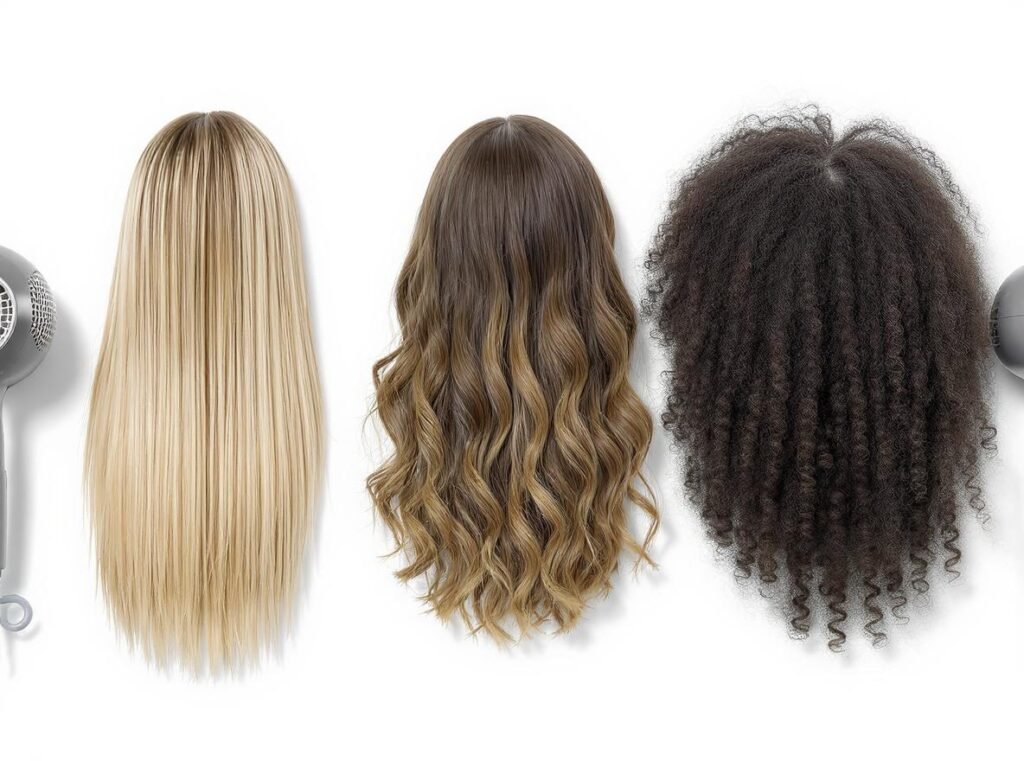
| Hair Type | Recommended Wattage | Reasoning | Product Positioning |
|---|---|---|---|
| Fine/Thin | 800-1500 watts | Prevents heat damage, gentler drying | “Hair protection” focus |
| Medium | 1200-1800 watts | Balanced performance and protection | “Versatile everyday use” |
| Thick/Coarse | 1800-2000+ watts | Penetrates dense hair, faster drying | “Professional performance” |
| Curly/Textured | 1600-2000 watts | Smooths cuticles, reduces frizz | “Frizz control technology” |
Professional Considerations:
Salon professionals typically prefer 1800-2000+ watts because time directly impacts revenue. A high-wattage dryer that reduces appointment time by 40% can significantly increase daily client capacity.
Customer Education Points:
• Fine hair users should prioritize heat protection over speed
• Thick hair requires sufficient power to penetrate effectively
• Curly hair benefits from ionic technology combined with adequate wattage
• Medium hair offers the most flexibility in wattage selection
For the Conason P1C high-speed hair dryer at 2000 watts, emphasize its suitability for thick, coarse, or professional applications while highlighting the ionic technology that protects all hair types.
Are Higher Wattage Hair Dryers Worth the Investment?
Understanding the value proposition of higher wattage dryers helps you justify premium pricing and educate customers about long-term benefits.
Higher wattage dryers typically offer better long-term value despite higher upfront costs. They provide faster drying times, advanced features, better durability, and often include technologies that justify premium pricing for quality-conscious customers.
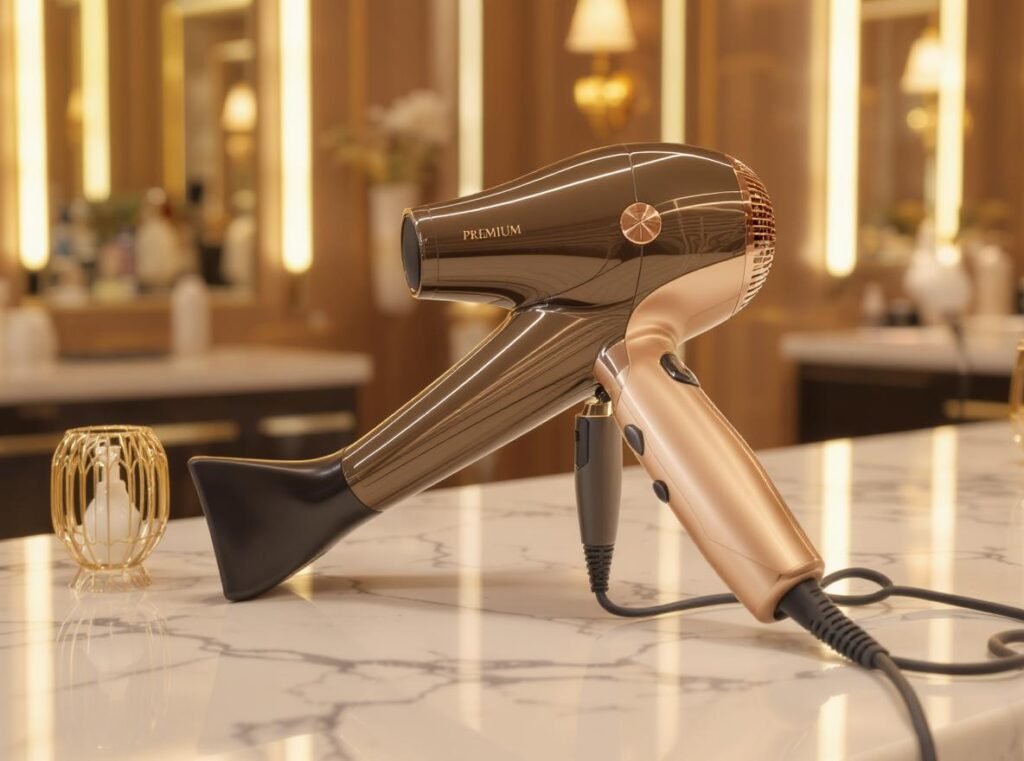
Investment Benefits:
• Time savings: Professional stylists can increase client capacity with faster drying times
• Advanced technology: Higher-end models often feature intelligent temperature control and hair protection
• Durability: Professional-grade motors and components provide longer service life
• Versatility: Multiple settings and attachments accommodate diverse styling needs
Cost-Benefit Analysis:
For professional use, the investment pays off through:
- Increased appointment capacity (20-40% more clients daily)
- Reduced energy costs per client (faster drying = less total energy)
- Enhanced customer satisfaction leading to better retention
- Premium service positioning allowing higher pricing
Market Positioning:
Position higher wattage dryers as “professional-grade” or “salon-quality” rather than simply “more powerful.” Focus on results and convenience rather than technical specifications.
The key is matching customer needs with appropriate technology. A busy professional values time savings, while a budget-conscious consumer prioritizes cost-effectiveness over premium features.
How to Choose the Right Wattage for Your Business?
Selecting optimal wattage ranges for your inventory requires balancing customer needs, market positioning, and profitability objectives.
Consider your client base demographics, energy efficiency preferences, and profit margins. Models in the 1500-2000 watt range with adjustable settings typically provide the best balance of performance, customer satisfaction, and business profitability.
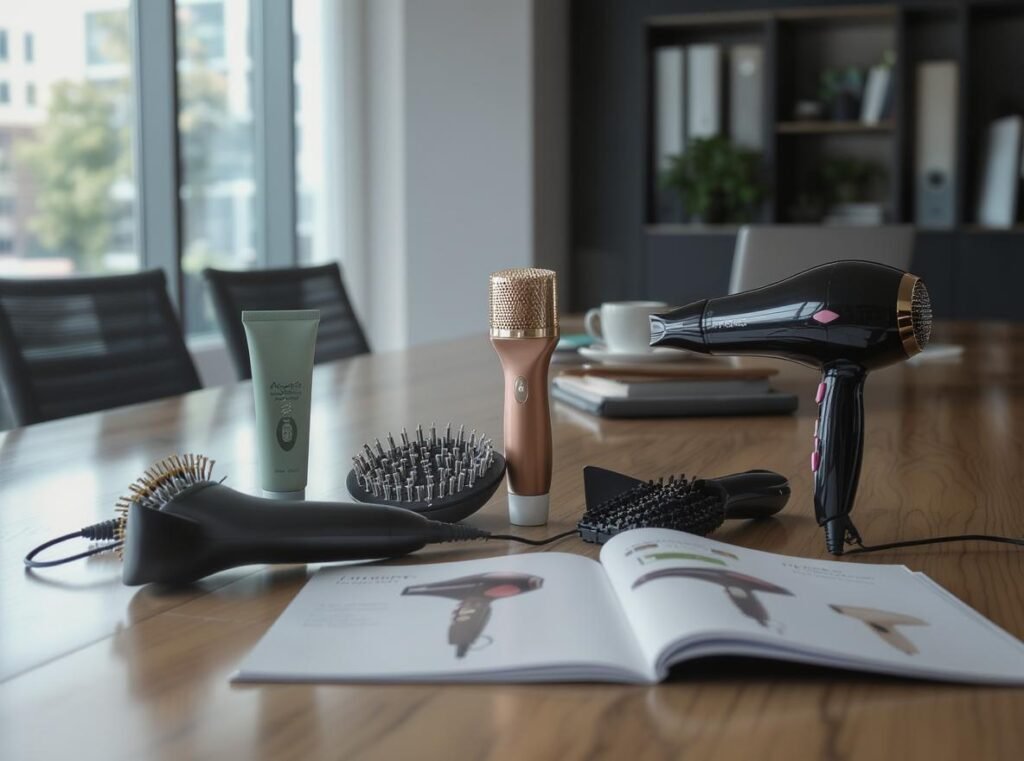
Strategic Considerations:
• Target demographic analysis: Young professionals prefer high-performance models, while budget-conscious consumers focus on energy efficiency
• Regional market factors: Areas with higher electricity costs may favor energy-efficient models
• Competitive positioning: Understand competitor offerings to differentiate your product selection
• Seasonal demand patterns: Higher wattage dryers often see increased demand during holiday seasons
Inventory Optimization Strategy:
| Product Category | Recommended Allocation | Target Customers | Profit Margin |
|---|---|---|---|
| Budget (800-1200W) | 25% | Price-sensitive, travel | Lower margin, higher volume |
| Mid-range (1500-1800W) | 45% | Mainstream market | Balanced margin/volume |
| Premium (1800-2000W) | 25% | Quality-focused | Higher margin |
| Professional (2000W+) | 5% | Commercial clients | Highest margin |
Success Factors:
- Educate customers about performance benefits rather than competing solely on price
- Offer demonstration opportunities for higher-wattage models
- Provide clear guidance on wattage selection for different hair types
- Highlight energy efficiency and time-saving benefits
Consider featuring the Conason P1C as your premium offering, emphasizing its 2000-watt professional performance, ionic technology, and suitability for both home and commercial use.
Summary
Understanding hair dryer wattages is essential for wholesale success in the hair care market. Higher wattage provides superior performance and faster drying times, while lower wattage offers energy efficiency and gentler hair treatment. The optimal choice depends on hair type, usage patterns, and customer priorities.
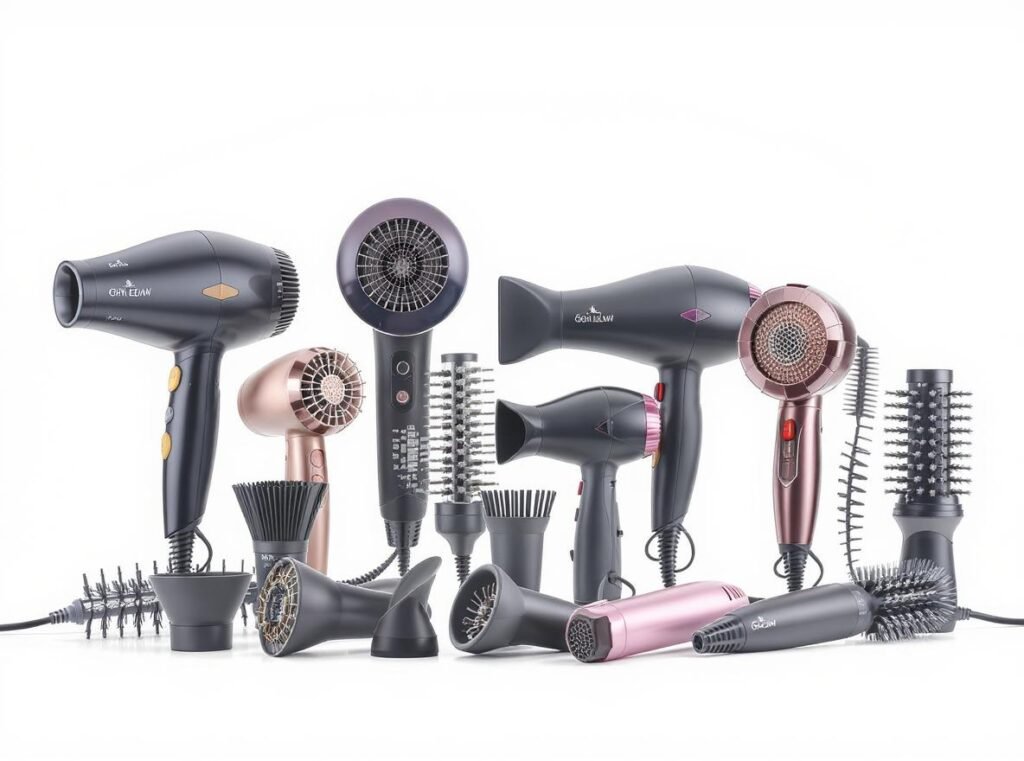
Strategic inventory management across wattage ranges ensures you meet diverse customer needs while maximizing profitability through appropriate product positioning and customer education.
Ready to enhance your hair dryer inventory with professional-grade products that deliver exceptional performance? Explore our complete collection at https://conason.com/product/ or discover the advanced features of our flagship P1C high-speed hair dryer at https://conason.com/product/conason-negative-ionic-fast-hair-dryer-with-screen-home-salon-use-p1c/. Contact us today to discuss wholesale opportunities and find the perfect wattage solutions for your business success.

